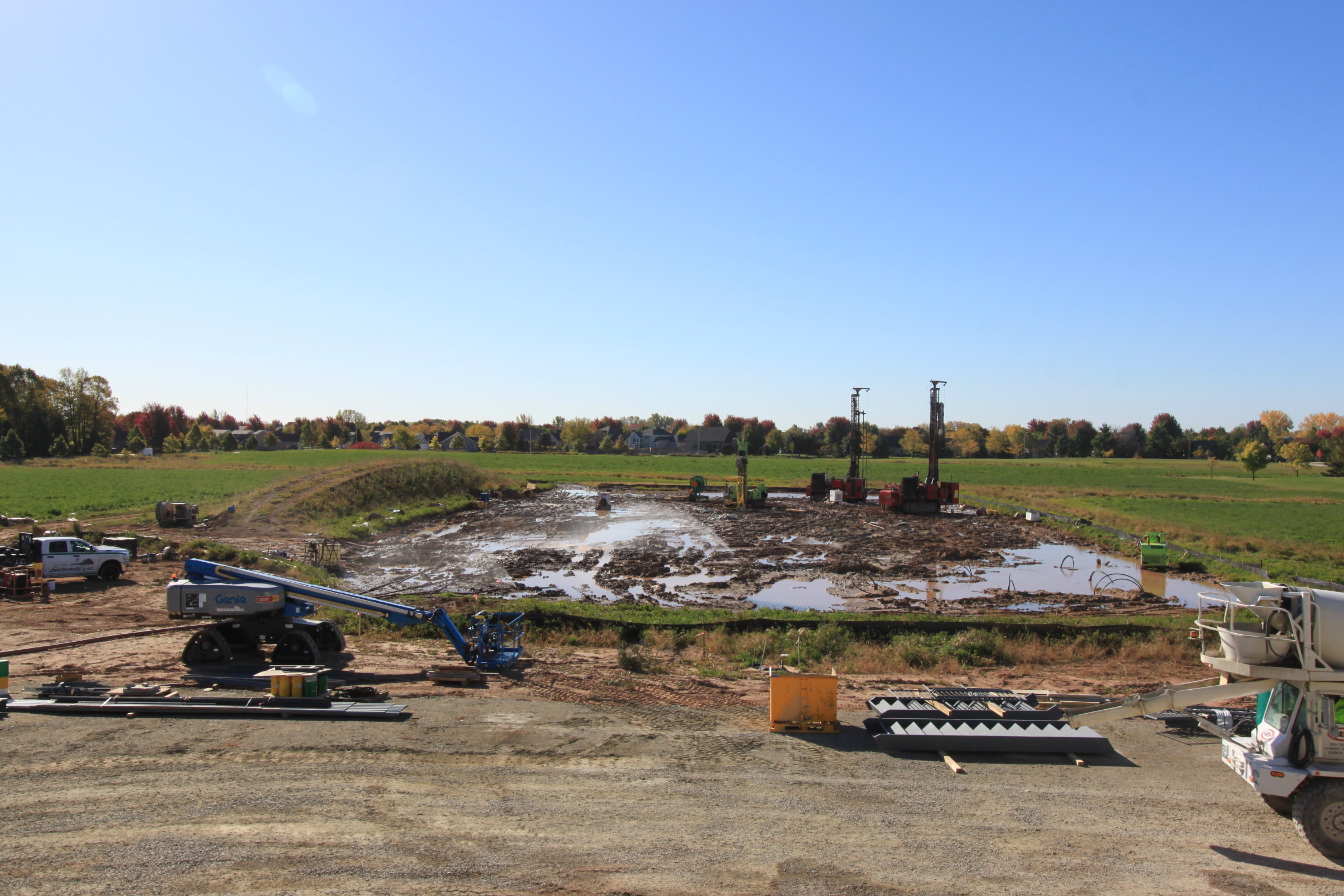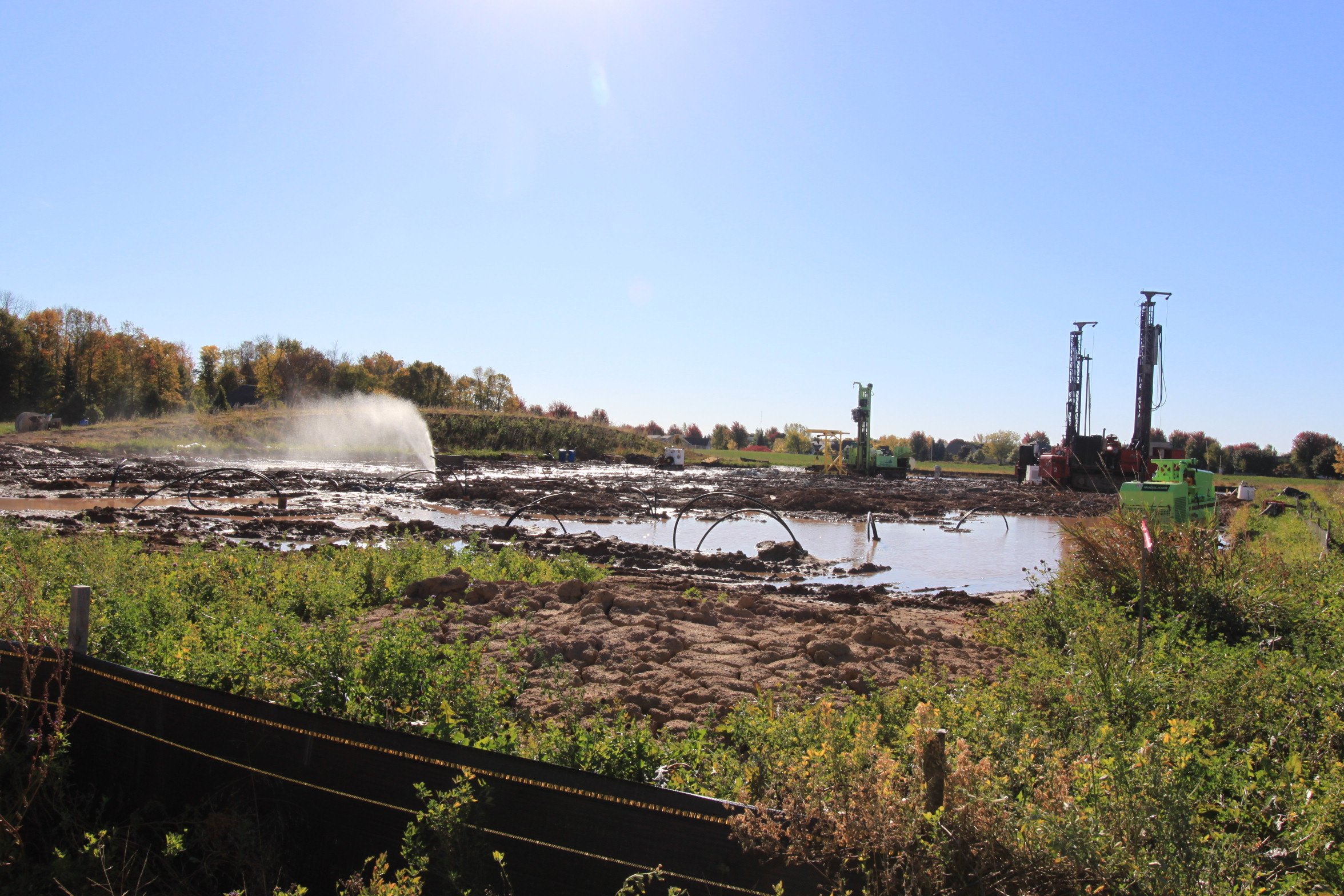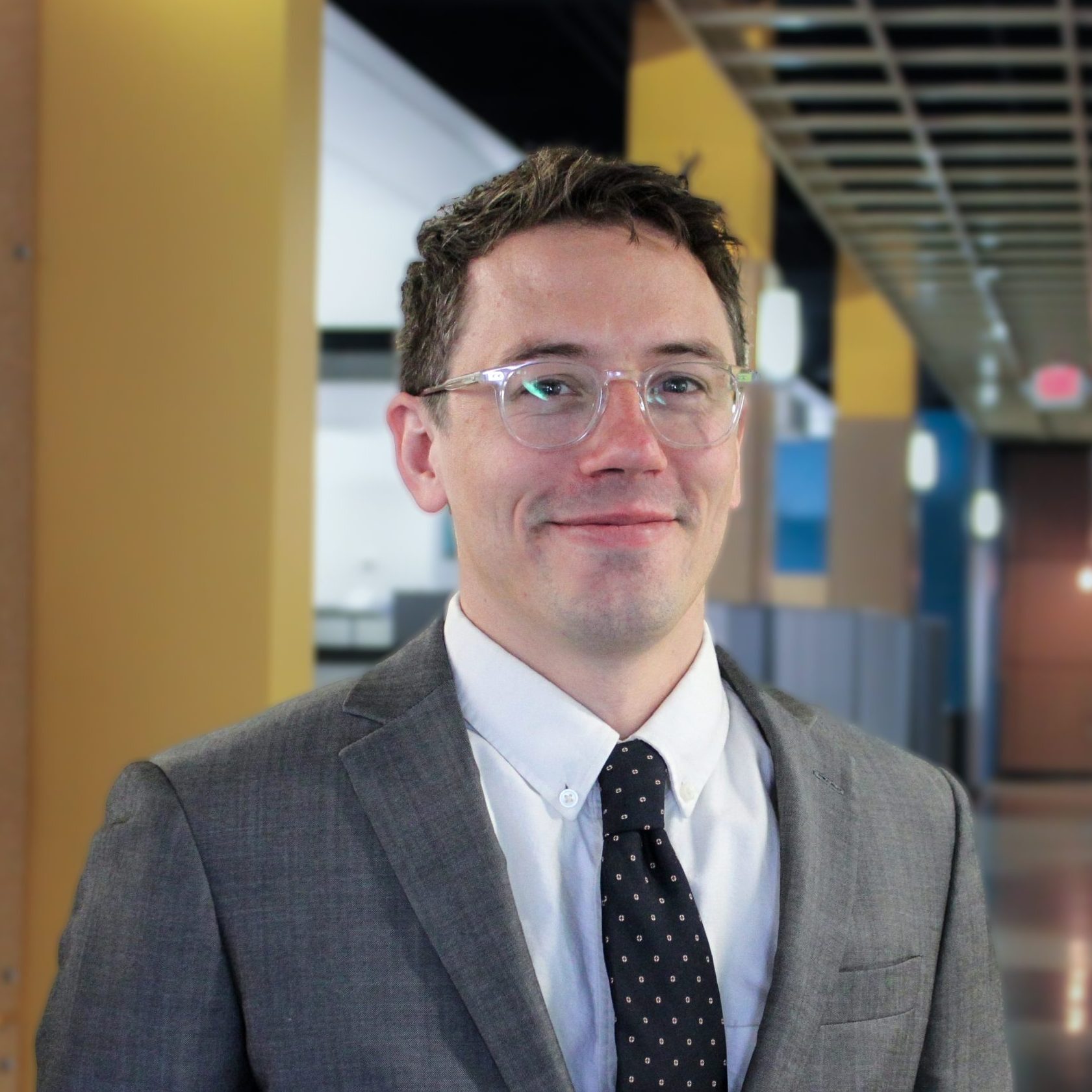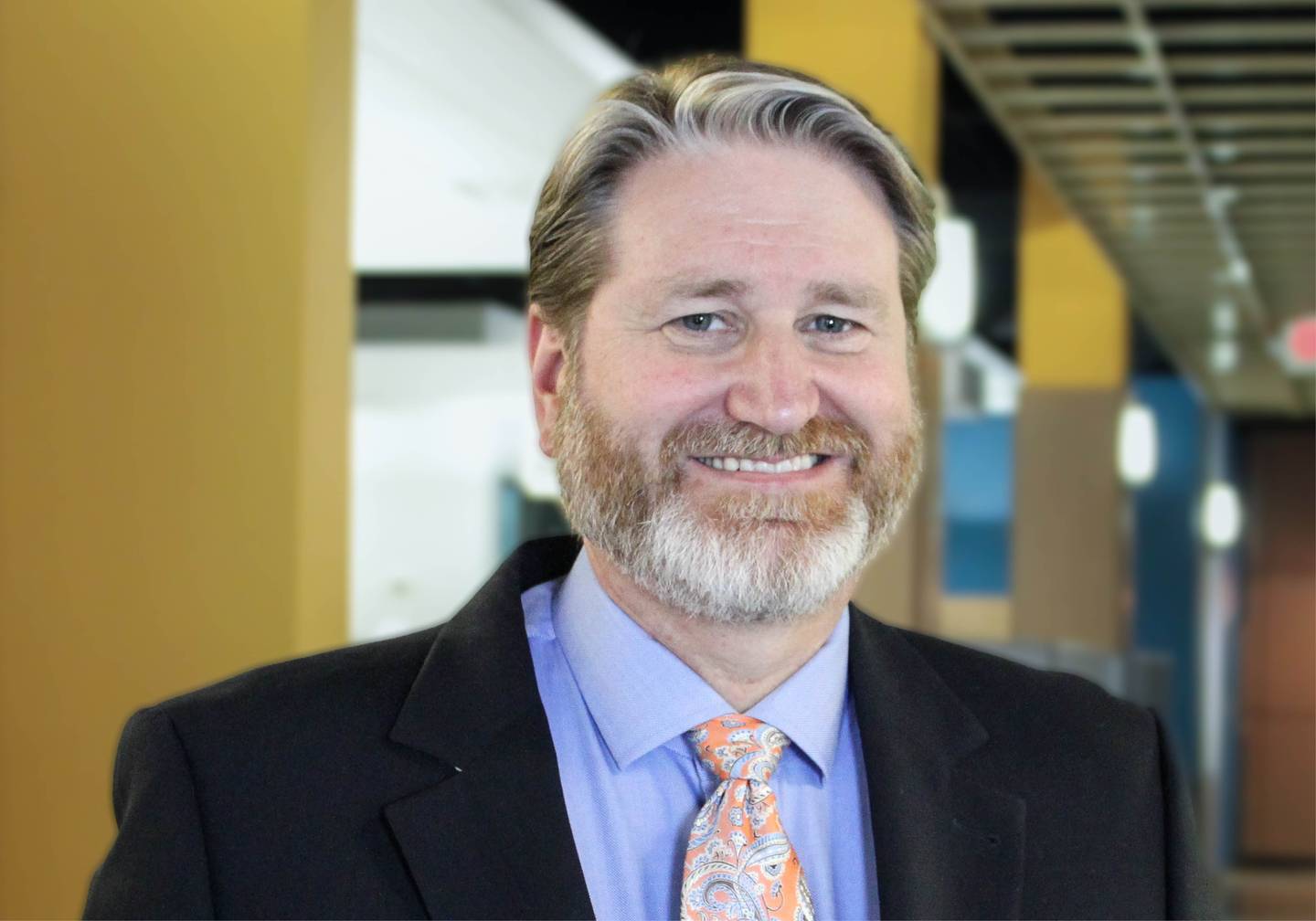Ground source heat pumps (GSHP) — often called geothermal systems — use the stable temperatures a few hundred feet below the surface to provide heating and cooling for buildings. Pipes are buried in the earth or bodies of water and circulate fluid in a closed loop, exchanging heat with the ground to regulate building temperature — a technology used for schools in the Midwest for more than 40 years.
Financial Considerations
Geothermal HVAC systems require a larger initial investment than conventional gas systems, primarily due to the cost of drilling wells. However, districts can reap operational savings over a system’s life. These systems are highly efficient because they move heat back and forth between the ground rather than burn fuels, resulting in less energy loss. Because of this, districts are insulated from the variable costs of gas.
Geothermal energy is especially attractive in rural areas that lack natural gas services. Without access to gas, schools often depend on expensive fuels like propane. An electric-based heating and cooling solution like geothermal can deliver meaningful savings.
Federal incentives have further improved the economic case. Thanks to the Inflation Reduction Act (IRA), tax-exempt entities such as schools and school districts can now access direct pay tax credits, which act like cash reimbursements for installing clean energy systems. These incentives can cover up to 30% or more of project costs, significantly offsetting the upfront investment.
When combined with reasonable electricity rates or onsite solar generation, geothermal becomes a strategic financial decision.
Environmental Benefits
From a sustainability perspective, geothermal HVAC systems offer a major victory. They produce zero onsite CO₂ or methane emissions and reduce a school’s reliance on fossil fuels. How much they reduce the overall carbon footprint depends on the local electric grid. If your electricity comes largely from coal or natural gas, the environmental benefits will be less than if your utility uses more wind, solar, or hydropower.
Still, the shift from onsite combustion (natural gas boilers) to electric-based systems supports a long-term decarbonization strategy aligned with state and federal climate goals.
Drilling Realities
Here’s where geothermal gets more complicated.
1. Regulations and Licensing
Numerous states are capitalizing on geothermal energy, and drilling regulations can differ from state to state or even county to county. In some cases, only specified licensed and certified contractors can drill wells in areas with unique soil characteristics. It’s wise to check with your state’s Department of Natural Resources, which may have a contractor list.
2. Limited Contractor Availability
Because of the influx of commercial-scale geothermal projects, certified contractors are in high demand. With a nationwide rush to drill, districts that don’t schedule drilling services early may face construction delays of several months or more.
3. Environmental Conditions and Site Challenges
Site-specific factors can add complexity:
-
- Areas with arsenic regulations, seismic activity, or sensitive groundwater aquifers require special expertise and equipment.
- The soil type and the presence of hard rock can affect the feasibility and cost of drilling.
- Test wells are usually required to assess subsurface conditions early in the design phase. Even if there are geothermal projects near your building site, underground conditions can change dramatically over short distances.
Certified drillers familiar with these heightened environmental conditions are even more limited, so careful planning is essential.
4. Design Considerations
Not every school has open fields for a well field. Fortunately, geothermal systems are flexible in design. Wells can be drilled:
-
- Under parking lots or playgrounds.
- In adjacent parcels, if land is available.
- Deeper and fewer, to reduce the footprint.
The trend toward placing wells in multi-use areas supports more compact campuses.
5. Noise and Disruption
Choosing between centralized heat pump systems and distributed systems affects noise, equipment placement, and overall system efficiency. Drilling can be loud, and construction can disrupt classes. Smart phasing, clear communication, and scheduling with staff help mitigate temporary impacts.
A Strategic Energy Investment
Geothermal HVAC systems are not just an infrastructure upgrade but a strategic investment in your district’s future. They offer a long-term solution to rising energy costs, align with sustainability goals, and, with new funding mechanisms, can be the lowest-cost approach to heating and cooling your classrooms.
But success depends on planning, especially when it comes to drilling. Start early, gather the right partners, and ensure your site and team are ready for this transformative opportunity.




